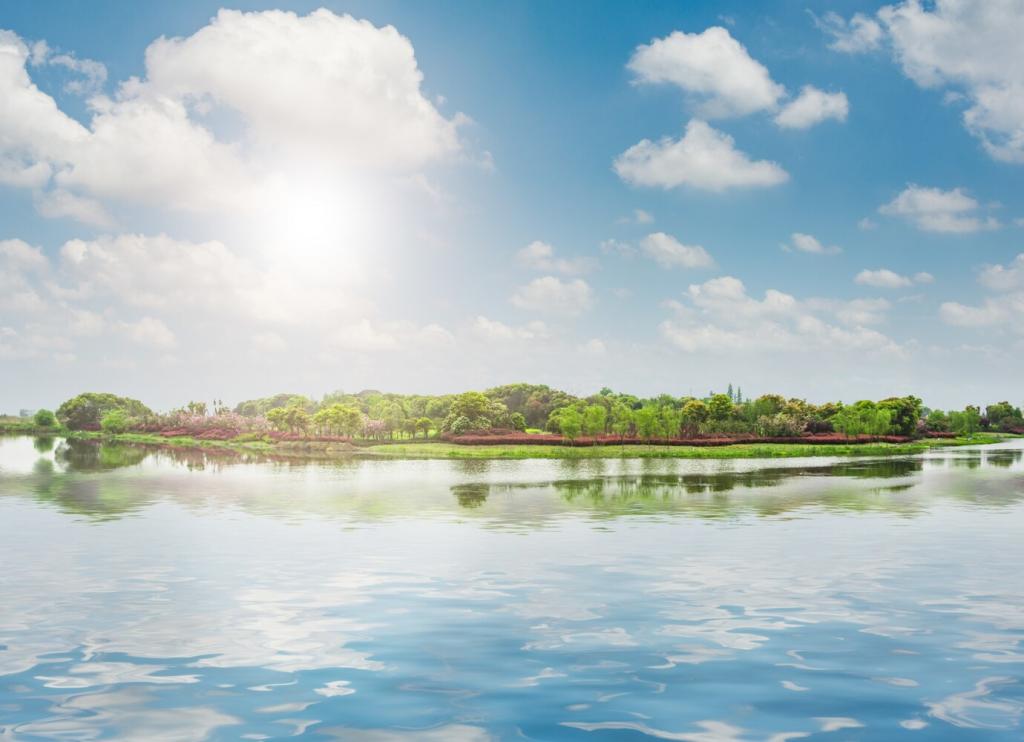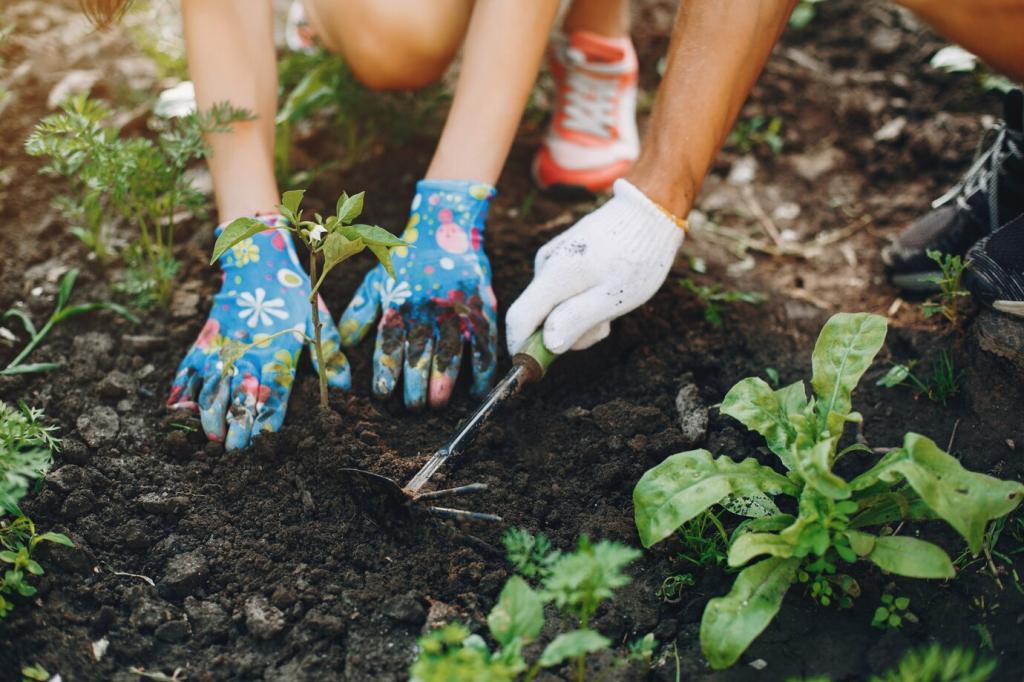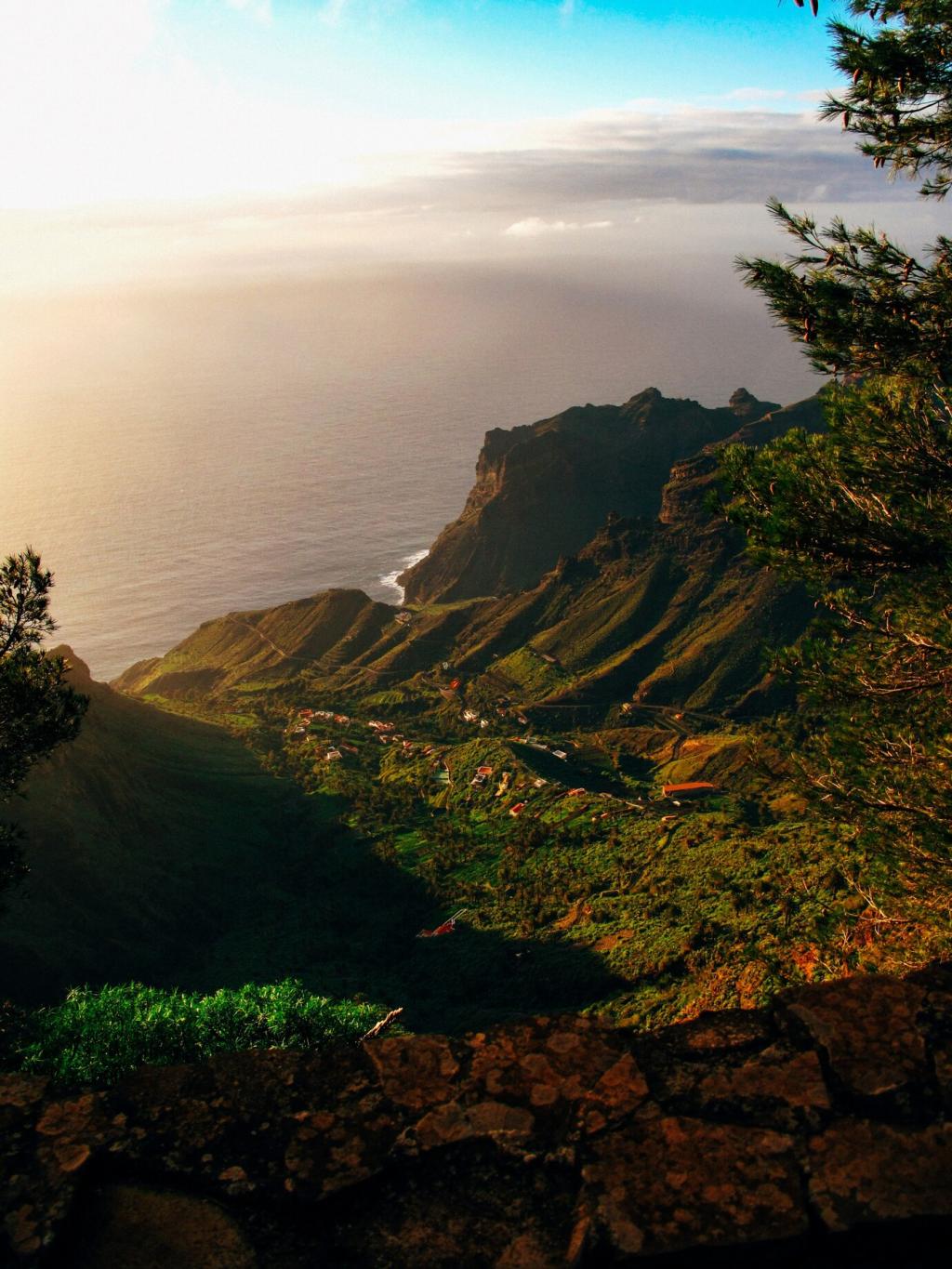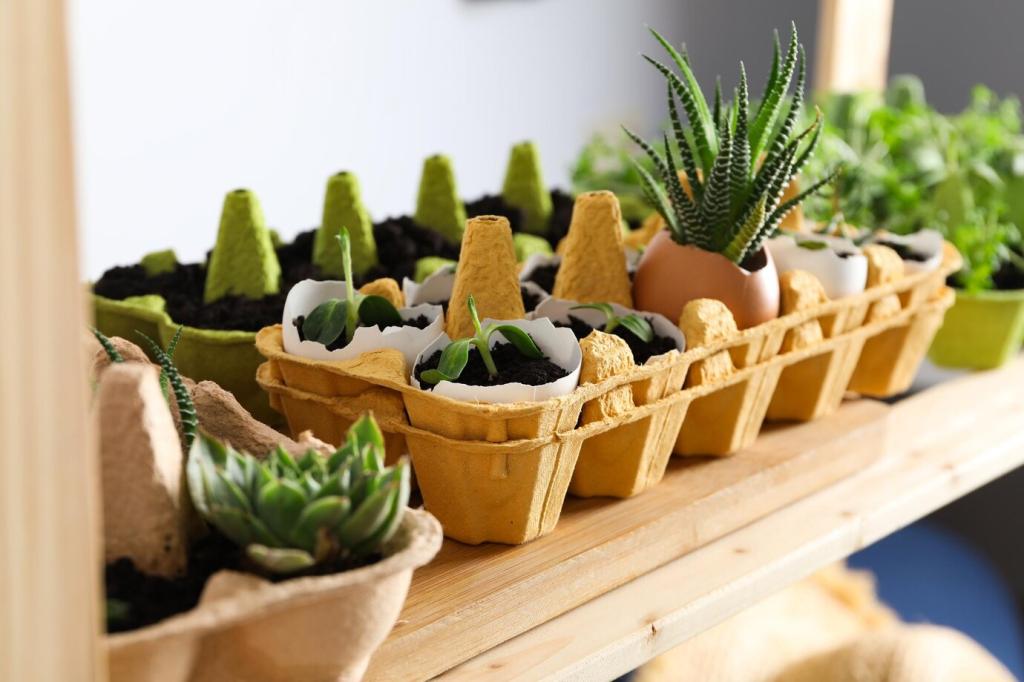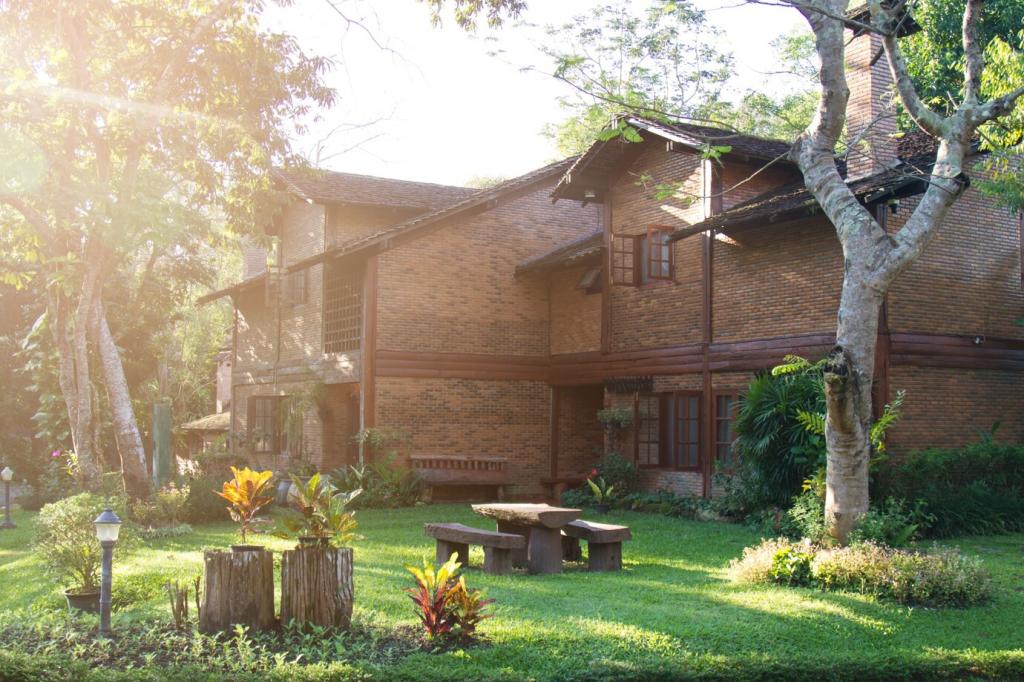Design Principles That Make Landscapes Truly Sustainable
Read the site before you redesign it. Map wind, shade, and drainage; test soil; note summertime heat. When design follows place, inputs drop dramatically, plants thrive longer, and your yard works with nature, not against it.
Design Principles That Make Landscapes Truly Sustainable
Choose locally adapted species that evolved with your region’s weather and wildlife. They typically need less water, fewer amendments, and provide crucial habitat. Share your favorite native plant combos in the comments to inspire fellow readers.

